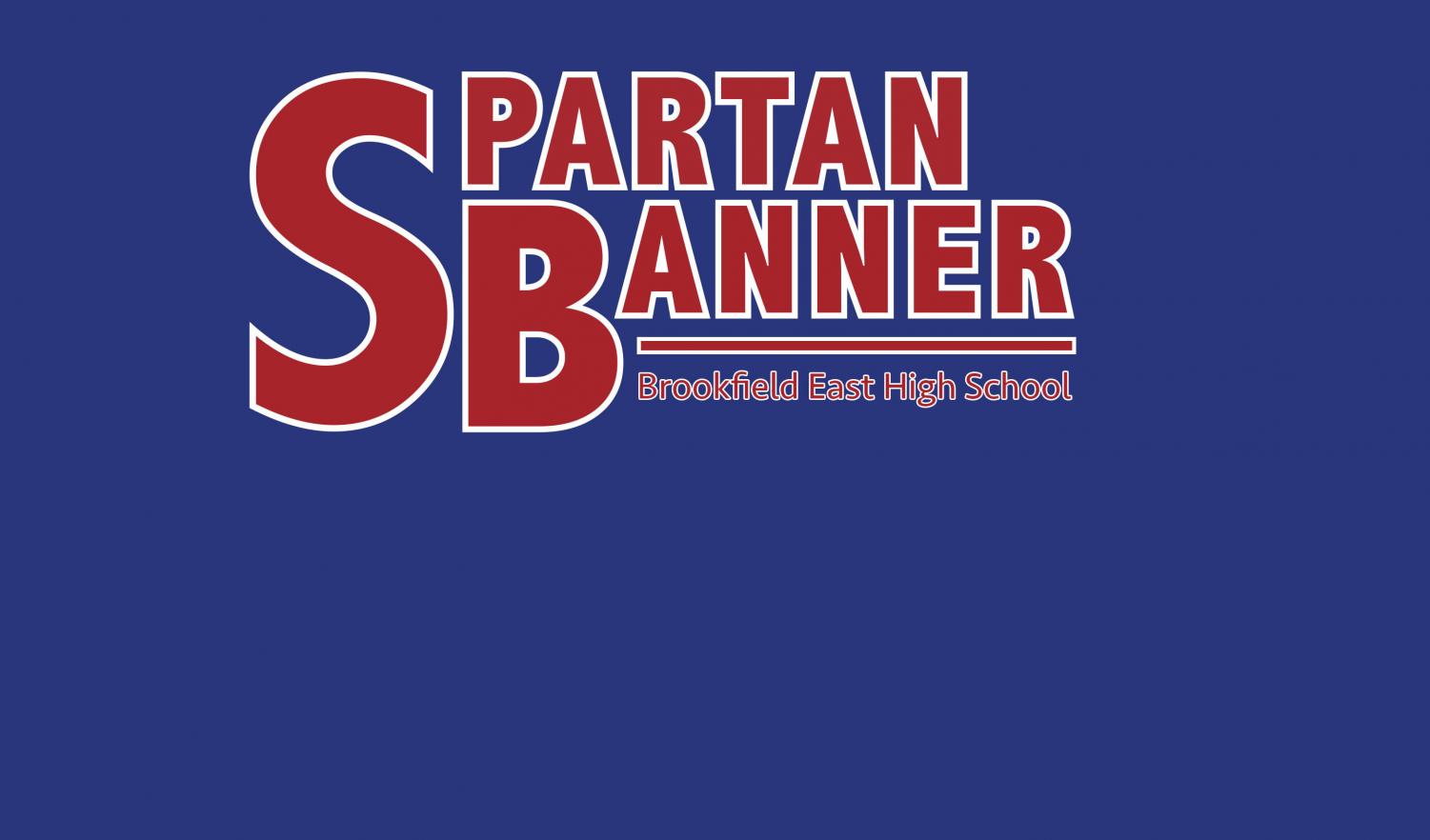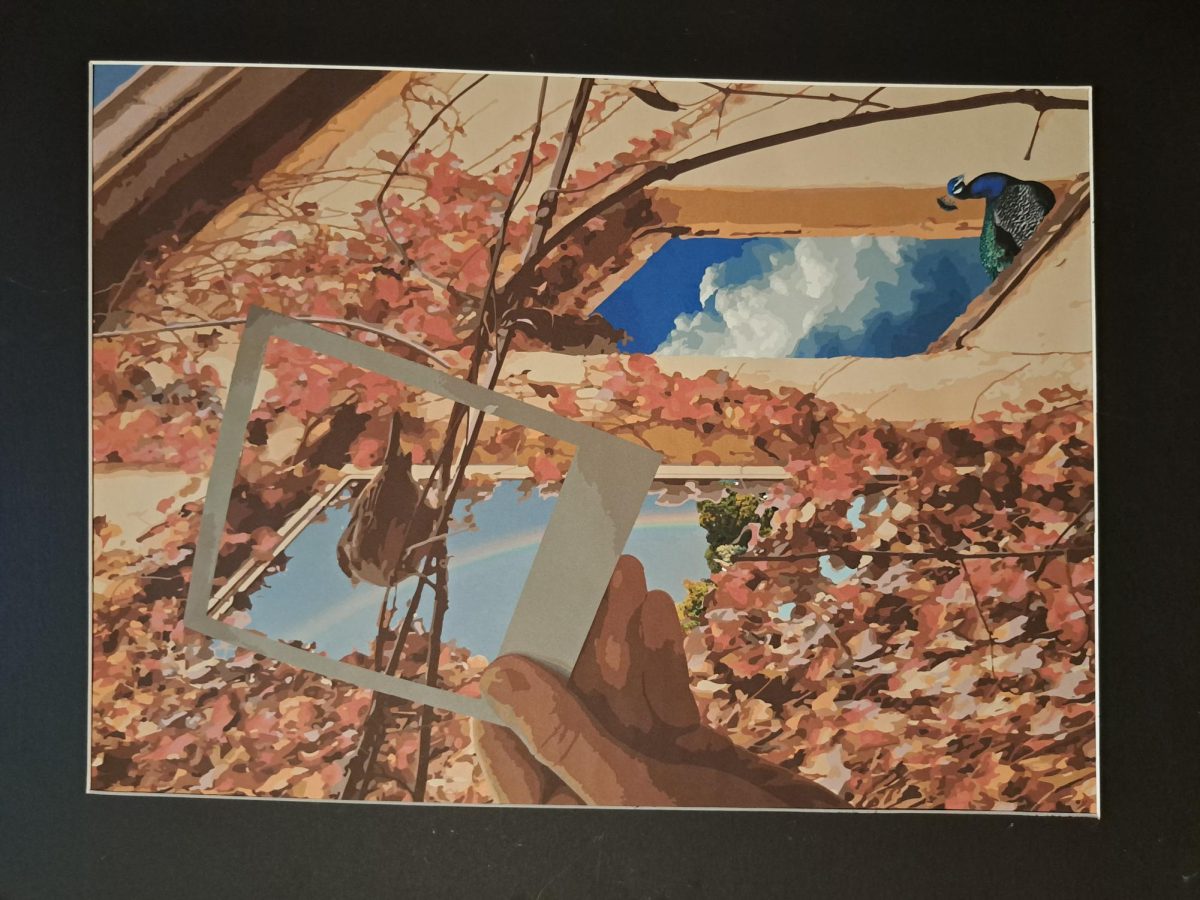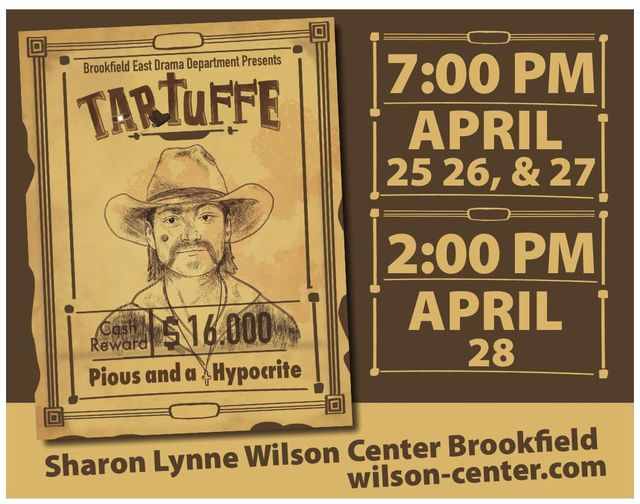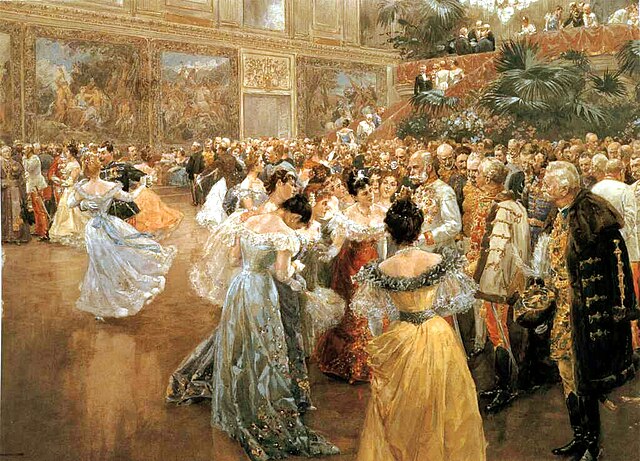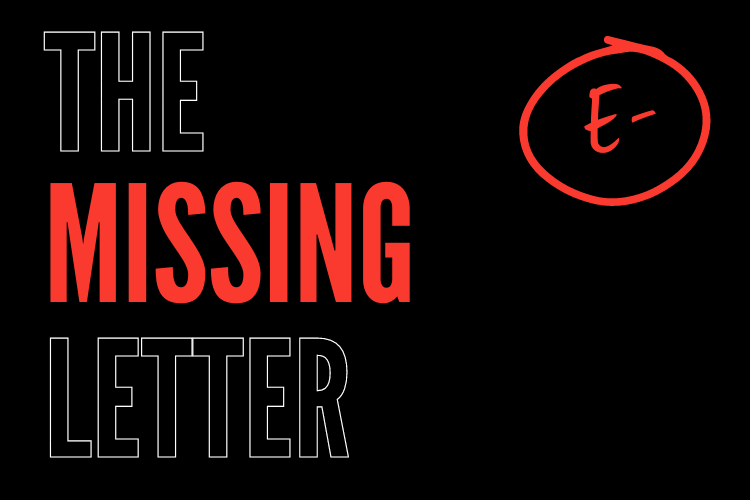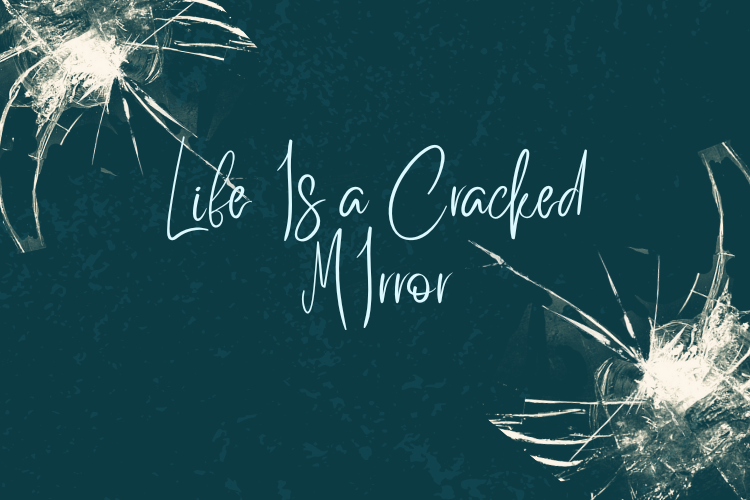The model minority myth is the byproduct of this stereotype that generalizes Asian Americans by depicting them as perfect and accomplished minority groups. For instance, several Asian American students are presumed to be good at math because of their ethnicity. The term “model minority” was first described in the 1960s by sociologists to describe Asian American groups who had achieved greater success in the U.S. compared to other ethnic minorities. The concept of model minority can also be found in a 1966 article in The New York Times Magazine by the sociologist William Petersen, which focused on Japanese Americans. However, the basic idea was extended to other Asian Americans. This stereotype of Model Minority has complicated the perception and self-identification of this group. On the occasion of Asian American and Pacific Islander Heritage Month (AAPI), it is important to discuss the topic of the Model Minority Myth(MMM).
Some may ask how these myths have been created and Why Asians are targeted by these academic and social stereotypes. Historically the label was created during the climax of the Civil Rights movement. Asian Americans were known for their strong work ethic and were used as a tool for white supremacists to create a wedge against Asians and were commonly praised for their hard work and achievements. In his article William Petersen, a Sociology professor at the University of California Berkeley in the New York Times paper wrote “Family structure and hard work led to Japanese Americans overcoming discrimination and achieving success”. This meant that the Japanese were able to achieve what they wanted as immigrants due to their hard work ethic. Similarly, other Asians coming from Southeast Asia had similar experiences. In the late 1800s and early 1900s, after the Exclusion Act halted most immigration from China, North American employers in need of laborers turned to India, among other places. This facilitated the migration of skilled and professional people to America from Southeast Asia. Today our world is filled with doctors, engineers, and IT professionals from the Indian subcontinent. The success of these immigrants is a combination of right values and work ethic. People from the Indian subcontinent are family-oriented, education-oriented, and work-oriented. According to the New American Economy Research Fund, the AAPI population is overrepresented in the healthcare field, with 8.5 percent of healthcare workers being AAPI, compared to 6.8 percent of the U.S. population. The same is true for AAPI immigrants, with 5.9 percent in the industry compared to 3.8 percent at large.
Model minority stereotypes come with a price. Oftentimes, struggling Asian students don’t get the resources they need, since they might be overlooked by educators. Given the assumption that they ‘ do well’ and are ‘privileged’, they are subject to being deprived of many opportunities. The stereotype that all Asian Americans are model minorities puts students under greater pressure to meet higher standards in academics. This false stereotype results in a negative psychological impact on the group. To meet the expectations these students work hard sacrificing their social lives and find it difficult to accept anything less. Getting a less-than-perfect score may be distressing for them. As a result of the perpetual foreigner stereotype, this group also faces discrimination and violence. American-born AAPI individuals are often perceived as ‘foreigners’ and face hate crimes. According to the Center for the Study of Hatred and Extremism, hate crimes targeting Asians and Asian Americans in the United States rose by 149% in 2020.
Because of the myth about model minorities and the expectations from the teachers, peers, and society, Asian American youth live under pressure to over-achieve. They are forced to achieve excellence and choose careers that they may not be interested in. Some examples are being pressured to pursue high-paying careers like Doctor, Lawyer, or Engineer. If they want to make a career in the arts, they are perceived as failures/inferior and a “disgrace to their community”.
Asian American youth who internalize the Model Minority Myth (MMM) show a higher level of psychological distress and have negative views of help-seeking behaviors. Therefore, MMM works against their best interests and prevents them from breaking the stereotypes. These stereotypes often make the needs of AAPI students overlooked and ignored. Awareness in the community is important to break the myth of the model minority.

